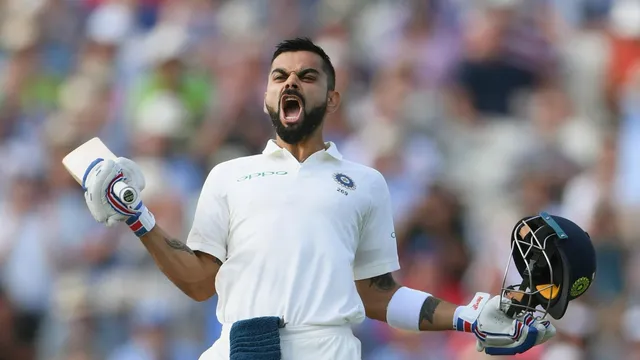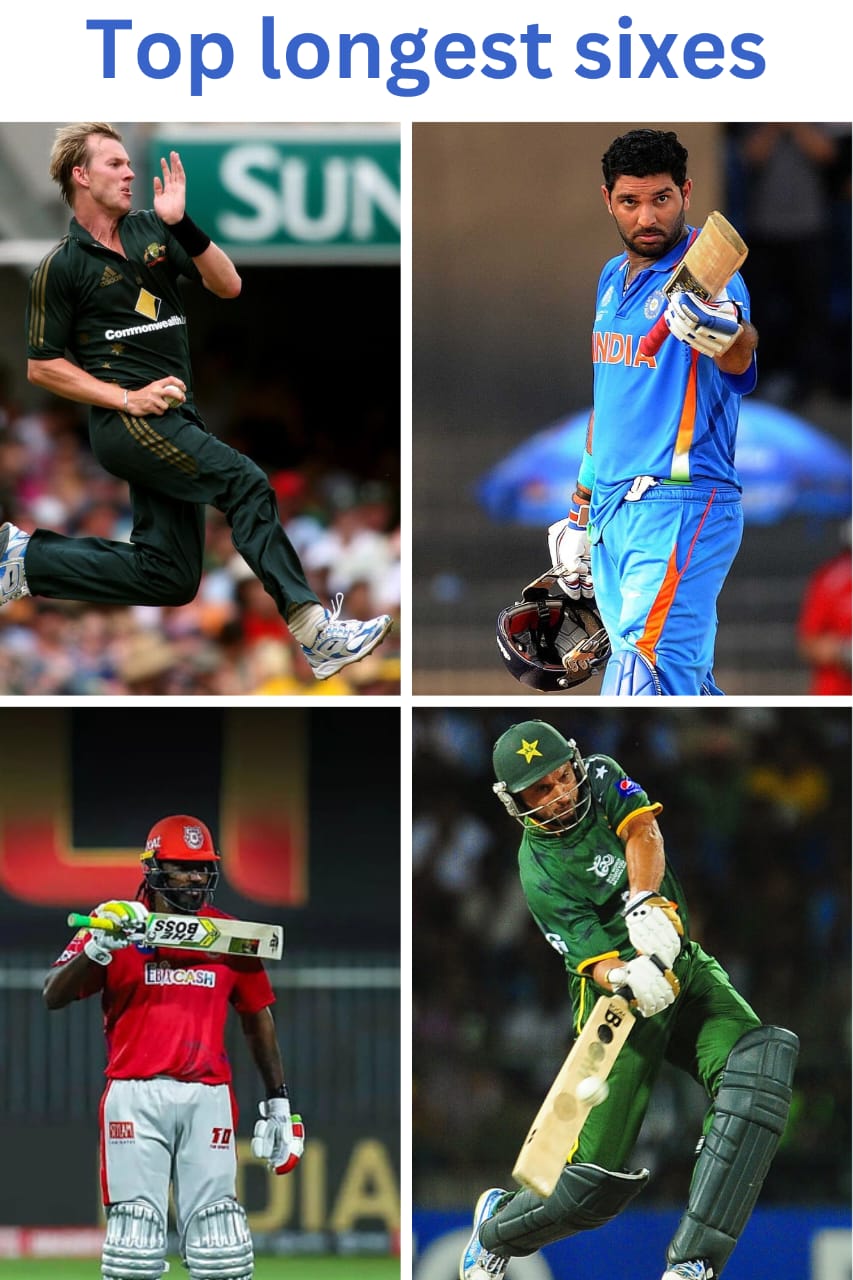Which country is the father of cricket

Cricket, often hailed as a gentleman’s game, has a rich and intricate history that spans centuries and continents. Its origins are shrouded in the mist of time, intertwined with the colonial past of several nations. While many claim the title of being the “father of cricket,” attributing its inception to a single country oversimplifies its complex evolution.
Historical records suggest that cricket-like games were played in various forms across different cultures long before the modern version emerged. However, it was in medieval England where the game began to take recognizable shape. Early references to cricket date back to the 16th century, with evidence of games being played in rural villages.
England’s contribution to cricket’s development cannot be overstated. The establishment of formalized rules and regulations in the 18th century laid the groundwork for the modern game. The formation of the Marylebone Cricket Club (MCC) in 1787 further standardized the rules, providing a framework for organized competition.
Yet, to credit England alone as the sole progenitor of cricket would be unjust. The expansion of the British Empire in the 19th and 20th centuries played a pivotal role in spreading the sport to far-flung corners of the globe. British colonial administrators, soldiers, and traders introduced cricket to territories such as India, Australia, the West Indies, and beyond.
Each region infused its unique flavor into the game, adapting it to suit local conditions and cultures. In India, cricket captured the imagination of the masses, evolving into a national obsession and producing legendary players like Sachin Tendulkar and Kapil Dev. Australia’s competitive spirit and pioneering innovations, epitomized by figures like Sir Donald Bradman, propelled the country to cricketing excellence.
The West Indies, a collection of Caribbean nations, emerged as a dominant force in world cricket, showcasing the talents of icons such as Sir Vivian Richards and Brian Lara. Pakistan and Sri Lanka added their own chapters to cricket’s narrative, contributing fiercely competitive teams and nurturing world-class talent.
Furthermore, cricket’s globalization in the modern era has seen its reach extend far beyond its traditional strongholds. Countries like South Africa, New Zealand, and Bangladesh have made significant strides in cricketing achievement, enriching the sport with their distinct identities and playing styles.
In recent years, the International Cricket Council (ICC) has worked to promote the game’s growth and inclusivity, supporting emerging cricketing nations and fostering diversity within the sport. The rise of T20 cricket has further democratized the game, providing opportunities for players from all backgrounds to showcase their skills on the global stage.
Therefore, to designate a single country as the “father of cricket” overlooks the collaborative and evolving nature of the sport. Cricket’s heritage is a tapestry woven from the contributions of countless individuals and communities, each playing a part in shaping its destiny.
In conclusion, while England may have provided the foundations for modern cricket, the sport’s journey is a collective endeavor spanning continents and cultures. Rather than fixating on paternity, cricket’s allure lies in its ability to unite people from diverse backgrounds in a shared passion for the game. As we celebrate cricket’s legacy, let us embrace its rich tapestry of influences and honor the contributions of all who have helped shape it into the global phenomenon it is today.
Title: W.G. Grace: The Iconic Figure Who Shaped Cricket’s Legacy

In the annals of cricketing history, few names evoke as much reverence and admiration as W.G. Grace. Revered as the epitome of cricketing excellence and sporting prowess, Grace’s legacy transcends generations, leaving an indelible mark on the sport he loved dearly. From his unmatched skill on the field to his larger-than-life persona off it, W.G. Grace remains an iconic figure whose influence reverberates throughout the cricketing world.
Born on July 18, 1848, in Downend, Gloucestershire, William Gilbert Grace exhibited prodigious talent from a young age. His early cricketing exploits were nothing short of extraordinary, and by the time he made his first-class debut for Gloucestershire in 1865, it was evident that a cricketing colossus had emerged. Grace’s batting prowess was unmatched, characterized by impeccable technique, unerring judgment, and an insatiable appetite for runs.
Grace’s impact on the cricketing landscape extended far beyond his batting abilities. As a towering figure both literally and figuratively, standing at 6 feet 2 inches, Grace revolutionized the game with his innovative approach and strategic acumen. He was a visionary tactician, renowned for his astute captaincy and shrewd understanding of the game’s nuances.
However, it was Grace’s larger-than-life personality that truly set him apart. Off the field, he exuded charisma and charm, captivating audiences with his wit, charm, and boundless enthusiasm for the sport. Grace’s celebrity transcended cricket, earning him adoration and acclaim from fans across the globe.
Throughout his illustrious career, Grace amassed a staggering array of achievements and records. He scored over 54,000 runs in first-class cricket at an average of over 39, including 124 centuries—an unparalleled feat that underscored his dominance with the bat. Grace’s influence extended beyond his individual achievements, as he played a pivotal role in popularizing cricket and elevating it to the status of a national obsession in England.
Grace’s impact on the game extended beyond the boundaries of England, as he embarked on several high-profile tours to Australia and North America, showcasing his talents to audiences around the world. His performances on these tours further solidified his status as cricket’s preeminent ambassador and earned him widespread acclaim and admiration.
Beyond his on-field exploits, Grace’s legacy endures through his contributions to the development of cricket. He was instrumental in shaping the sport’s governance and administration, serving as a founding member of the MCC and advocating for the standardization of rules and regulations. Grace’s tireless efforts to promote cricket’s growth and inclusivity laid the groundwork for its enduring popularity and global appeal.
A Tale of Two Cricketing Nations: Father of cricket

The cricketing journey of England and the West Indies is a story of contrasts, intertwining histories, and enduring legacies. From colonial encounters to contemporary rivalries, these two nations have left an indelible mark on the sport, shaping its evolution and captivating fans around the globe.
England, the birthplace of modern cricket, has long been at the forefront of the game’s development. With roots tracing back to the 16th century, cricket flourished in the English countryside before evolving into a structured sport with standardized rules and regulations. The formation of the Marylebone Cricket Club (MCC) in the 18th century laid the groundwork for organized competition and established England as cricket’s custodian.
As the sport spread across the British Empire, it took root in the Caribbean, where the West Indies emerged as a powerhouse of cricketing talent. Influenced by the legacy of slavery and colonialism, cricket became a source of pride and identity for the people of the West Indies. The likes of Sir Frank Worrell, Sir Garfield Sobers, and Sir Vivian Richards rose to prominence, symbolizing the region’s cricketing prowess and resilience.
The rivalry between England and the West Indies became legendary, characterized by fiercely contested matches and memorable encounters. In the 1970s and 1980s, the West Indies dominated world cricket, boasting a formidable lineup of fast bowlers and swashbuckling batsmen. Their iconic battles with England captivated audiences and elevated the sport to new heights.
However, the cricketing landscape began to shift in the late 20th century, as England grappled with its own challenges and the West Indies faced internal turmoil. England’s quest for success on the international stage saw the emergence of stars like Ian Botham, Graham Gooch, and Andrew Flintoff, albeit with mixed results. Meanwhile, the West Indies struggled to maintain their dominance amid changing dynamics and player exodus.
Despite these setbacks, the bond between England and the West Indies endured, fueled by mutual respect and shared heritage. The spirit of cricket transcended borders, fostering camaraderie and camaraderie among players and fans alike. Historic series such as the Wisden Trophy became symbols of the enduring relationship between the two nations, celebrating their shared love for the game.
In recent years, both England and the West Indies have undergone periods of resurgence and rebuilding. England’s triumph in the 2019 ICC Cricket World Cup signaled a return to prominence, led by captain Eoin Morgan and a dynamic young squad. Meanwhile, the West Indies showcased their potential with a stunning victory in the ICC T20 World Cup, revitalizing hopes of a cricketing renaissance in the Caribbean.
As England and the West Indies continue their cricketing journey, their paths remain intertwined, shaped by a shared legacy and a passion for the game. While the challenges may be great and the outcomes uncertain, one thing is clear: the enduring bond between these two nations transcends the boundaries of sport, uniting them in a timeless pursuit of excellence and camaraderie on the cricket field.
Top Cricketers from father of cricket
Australia and the West Indies have long been bastions of cricketing excellence, producing some of the sport’s most iconic figures. From ferocious fast bowlers to stylish batsmen, the cricketing landscapes of these nations have been graced by extraordinary talent over the years. This article pays tribute to the top ten cricketers from Australia and the West Indies, celebrating their achievements and enduring legacy in the world of cricket.
1. Sir Donald Bradman (Australia):

No list of cricketing greats would be complete without mentioning Sir Donald Bradman. Widely regarded as the greatest batsman of all time, Bradman’s staggering batting average of 99.94 in Test cricket remains unmatched to this day. His impeccable technique, extraordinary consistency, and insatiable appetite for runs cement his status as a cricketing legend.
2. Sir Garfield Sobers (West Indies):

Sir Garfield Sobers is often hailed as the finest all-rounder in cricket history. A dynamic left-handed batsman and a crafty left-arm spinner, Sobers mesmerized audiences with his sublime stroke play and wicket-taking prowess. His versatility and cricketing acumen make him a revered figure in the cricketing pantheon.
3. Shane Warne (Australia):

Shane Warne revolutionized the art of leg-spin bowling, mesmerizing batsmen with his prodigious turn and guile. Renowned for his flamboyant personality and match-winning performances, Warne’s exploits on the cricket field earned him a place among the all-time greats of the game.
4. Brian Lara (West Indies):

Brian Lara’s elegant batting style and prolific run-scoring ability endeared him to cricket fans worldwide. The left-handed batsman holds the record for the highest individual score in Test cricket, with his monumental 400 not out against England standing as a testament to his batting genius.
5. Ricky Ponting (Australia):

Ricky Ponting’s leadership and batting prowess played a pivotal role in Australia’s dominance in international cricket during the early 2000s. As one of the most successful captains in cricket history, Ponting’s aggressive approach and tactical acumen set new standards for excellence in the sport.
6. Vivian Richards (West Indies):

Vivian Richards, known as the “Master Blaster,” epitomized power and aggression in his batting. His ability to dominate opposition bowlers with his fearless stroke play and imposing presence made him a feared opponent on the cricket field.
7. Curtly Ambrose (West Indies):

Curtly Ambrose struck fear into the hearts of batsmen with his menacing pace and lethal accuracy. The towering fast bowler’s ability to extract bounce and movement from any surface made him a nightmare for opposition batsmen.
8. Clive Lloyd (West Indies):

Clive Lloyd’s leadership and batting prowess were instrumental in the West Indies’ dominance of world cricket during the 1970s and 1980s. As captain, Lloyd guided his team to two consecutive World Cup victories, solidifying his legacy as one of the greatest captains in cricket history.




